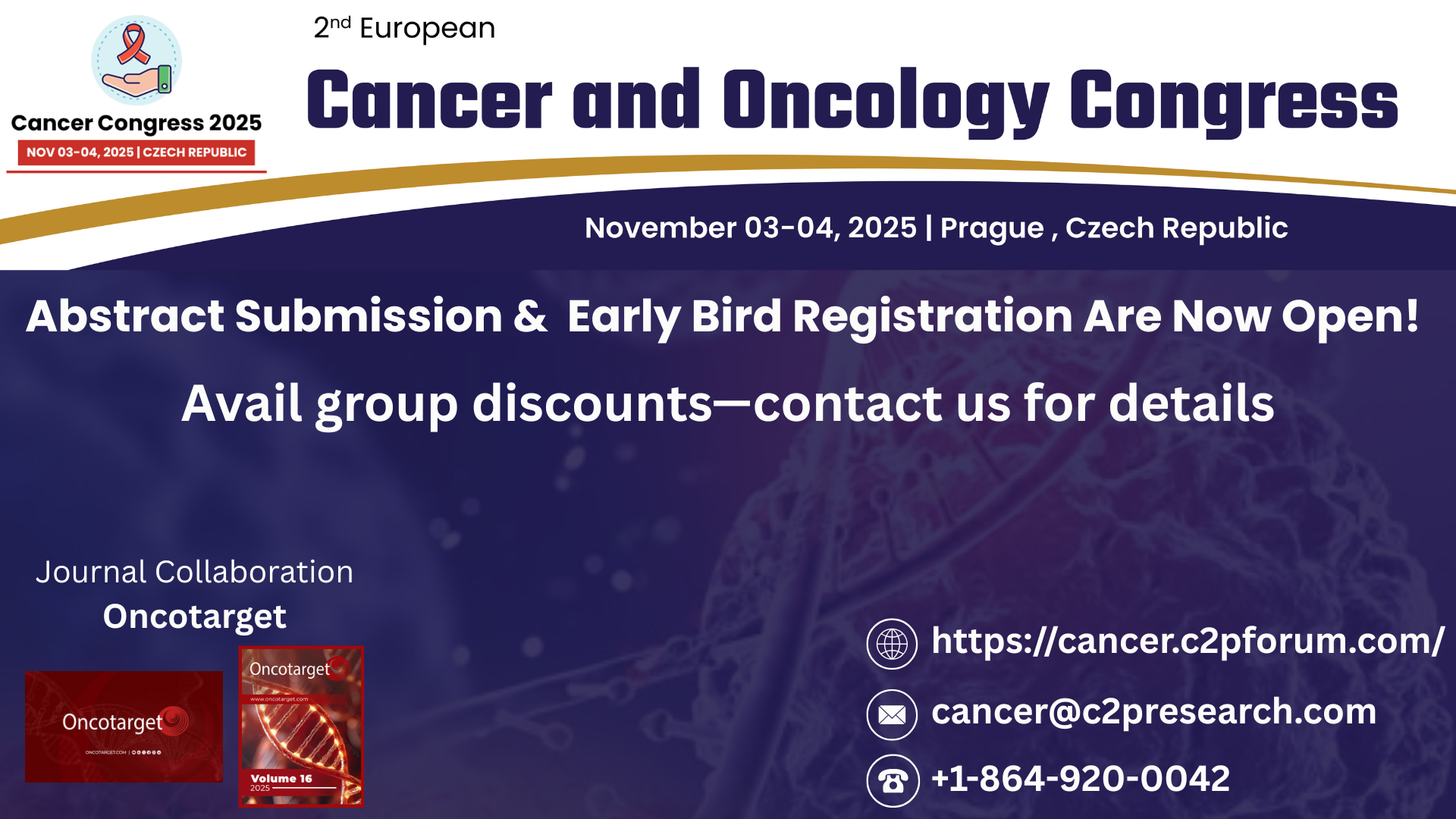Clinical Research Papers:
Induction chemotherapy reduces extracellular heat shock protein 72 levels, inflammation, lipoperoxidation and changes insulin sensitivity in children and adolescents newly diagnosed with acute lymphoblastic leukemia
Metrics: PDF 1485 views | HTML 2756 views | ?
Abstract
Ana Paula Trussardi Fayh1, Camila de Carvalho Gomes1, Helena Trevisan Schroeder2, Carlos Henrique de Lemos Muller2, Telma Maria de Araújo Moura Lemos3 and Mauricio Krause2
1Departamento de Nutrição, Centro de Ciências da Saúde, Universidade Federal do Rio Grande do Norte, Natal, RN, Brazil
2Laboratory of Inflammation, Metabolism and Exercise Research (LAPIMEX) and Laboratory of Cellular Physiology, Departamento de Fisiologia, Instituto de Ciências Básicas da Saúde, Universidade Federal do Rio Grande do Sul, Porto Alegre, RS, Brazil
3Departamento de Análises Clínicas e Toxicológicas, Centro de Ciências da Saúde, Universidade Federal do Rio Grande do Norte, Natal, RN, Brazil
Correspondence to:
Ana Paula Trussardi Fayh, email: [email protected]
Keywords: acute lymphoblastic leukemia; chemotherapy; eHSP72; oxidative stress; glycaemia and inflammation
Received: February 14, 2018 Accepted: May 19, 2018 Published: June 19, 2018
ABSTRACT
Background: Acute lymphoblastic leukemia (ALL) is associated with higher levels of pro-inflammatory cytokines and oxidative stress. Recently, the levels of extracellular heat shock protein 72 (eHSP72) were found to be elevated in ALL, and its elevation associated with poor prognosis. Therefore, considering the possible role of eHSP72 as a modulator of the immunological system and metabolism, the aim of this study was to describe the response of eHSP72 to the induction phase of chemotherapy, along with metabolic, inflammatory and oxidative stress markers, in children and adolescents newly diagnosed with ALL.
Methods: Nineteen patients were recruited and analysed before and after the induction phase of chemotherapy (with 28 days of duration). Blood samples were taken for the analysis of C-reactive protein (CRP), levels of lipoperoxidation, insulin (and HOMA-IR), cortisol, glucose, lipid profile and eHSP72.
Results: We found that induction phase of chemotherapy leads to a drop in glucose levels (from 101.79±19 to 75.8±9.7 mg/dL), improvements on inflammation (CRP levels, p<0.01) and oxidative stress (TBARS levels, p<0.01), reduction on eHSP72 (p=0.03) and improved insulin sensitivity (HOMA-IR, p=0.02).
Conclusion: Our results indicate that eHSP72 may have an immune and metabolic role and could be used as a marker of the treatment success and metabolic changes in children with ALL.
 All site content, except where otherwise noted, is licensed under a Creative Commons Attribution 4.0 License.
All site content, except where otherwise noted, is licensed under a Creative Commons Attribution 4.0 License.
PII: 25609

